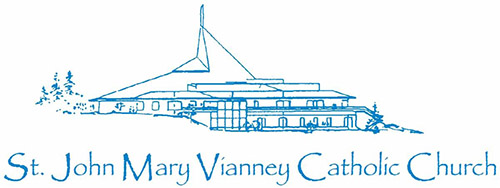Is the Second Coming Approaching?
Pope Francis writes that “Doomsday predictions can no longer be met with irony or disdain” (Laudato Si, 161). What does he mean by that? Does he mean that the end of the world and the second coming of Christ are at hand? That attempts to determine when Christ is coming are no longer misplaced or to be ignored? That what the Catholic Church has traditionally referred to as idle speculation is no longer idle or particularly speculative?
Doomsday itself obviously is a day of doom – the end of the world, a day of judgment, and especially a time of terror and horror. This doesn’t harmonize at all well with our repeated profession during mass of our belief in the Second Coming of our Lord. The doxology after the Lord’s prayer, for example, reads, “…as we await the blessed hope and the coming of our Savior, Jesus Christ.” Doomsday is hardly a blessed hope or something to be eagerly awaited.
Moreover, this pairing of doomsday and the Second Coming is rooted in a particularly misguided understanding of eschatology (the last things), since it focuses on God’s intervention in history as judge, avenger, and destroyer. The major eschatological works of the New Testament -- the Olivet Discourse in chapters 24-25 of St. Matthew’s Gospel and the Revelation to St. John – say very little about the Second Coming. They do tell us that there will be no signs and that the day and the hour of Christ’s return are unknown to us (Matthew 24:3,36), that the end of the church age (the so-called millennial reign of Christ) will be marked by a final conflict between the forces of the Lord and the forces of the evil one (Revelation 20:7-10), and that there will be a final judgment (Revelation 20:11-13). Much more detailed, however, is the aftermath of the Second Coming: the new heaven and the new earth, in which God dwells directly with his people (Revelation 21:1), in which all things are holy (Zechariah 14:20), in which the eschatological visions of Isaiah (such as Isaiah 2:4 and Isaiah 11:6) are realized, and in which those who are found worthy receive resurrected bodies and the damage done to God’s creation as a result of human sin is reversed. This hardly sounds like doomsday; instead, it does sound like our blessed hope, to be eagerly awaited.
Pope Francis is not speaking, then, of the Second Coming, but rather of a literal doomsday – a destruction of the earth and all its life that results from the combined efforts of humans and their chronic abuse of God’s creation. He is referring to such projections as the Doomsday Clock, a symbolic clock established by the Bulletin of the Atomic Scientists in 1947 to depict how close the earth is to a man-made global catastrophe. Originally focusing on the possibility of global nuclear warfare in the Cold War era, the clock also began considering catastrophe resulting from climate change and human technologies gone awry. Its time is now 100 seconds before midnight, with midnight representing the time of global catastrophe. As Pope Francis indicates, such projections are not whimsical; they must be taken very seriously. And they must be taken especially seriously when they represent a consensus of established, reputable scientists such as the Bulletin of the Atomic Scientists.
So the doomsday that Pope Francis warns about and that he says cannot be dismissed is a global catastrophe. And scientists believe that, unless we do something about it, it is approaching. The real question, then, is not whether doomsday is coming, but rather how do we want to respond. And what do we want to do to ensure that doomsday never arrives and that our common home continues to nurture future generations, including our own descendants, as well as the varied life forms that our God has called into being?
